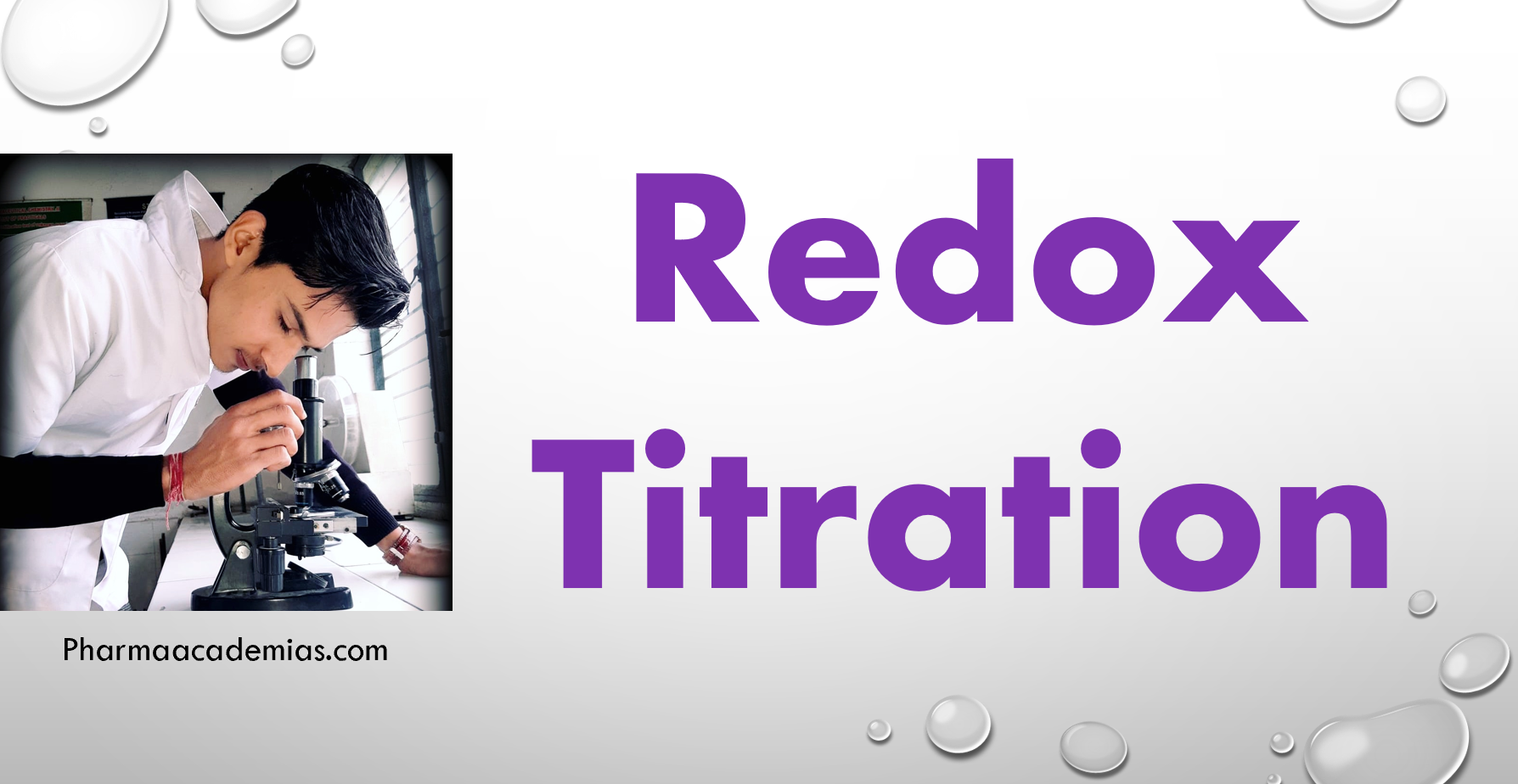Redox titrations, also known as oxidation-reduction titrations, play a fundamental role in chemistry for determining the concentration of a substance by measuring the volume or concentration of a redox titrant required to react with it. This comprehensive overview explores the principles, types, applications, and key components of redox titrations.
1. Introduction to Redox Titrations
Principles: Redox titrations are based on the principles of oxidation and reduction reactions. In these reactions, substances transfer electrons from one another.
Objective: The primary goal of redox titrations is to measure the concentration of an analyte by reacting it with a titrant of known concentration.
2. Components of Redox Titrations
Analyte: The substance whose concentration is to be determined.
Titrant: A solution of a substance with a known concentration that is used to titrate the analyte.
Indicator: A chemical that changes color at the endpoint of the titration, signaling the completion of the reaction.
Electrodes: Some advanced redox titrations utilize electrodes, such as the platinum electrode or glass electrode, to detect changes in potential.
Reference Electrode: In potentiometric redox titrations, the measurement of electrode potential utilizes a reference electrode.
Calibration Curve: Often used in instrumental redox titrations to relate electrode potential to analyte concentration.
3. Types of Redox Titrations
Direct Titration: Involves the direct addition of a titrant to the analyte, leading to a noticeable color change or other observable endpoint.
Back Titration: Used when the analyte does not react directly with the titrant. A known excess of a reagent is added to the analyte, and the unreacted excess is titrated.
Potentiometric Titrations: These use electrodes to measure the potential difference during the titration and determine the endpoint.
Complexometric Titrations: Involve the formation of complexes between the analyte and a titrant, often used for metal ions.
4. Applications of Redox Titrations
Determination of Chemical Oxygen Demand (COD): Used to measure the amount of oxygen required to oxidize organic and inorganic compounds in water samples.
Quantifying Analytes in Various Industries: Redox titrations are widely employed in pharmaceutical, environmental, food, and industrial chemistry for quality control and research.
Quantifying Reducing and Non-Reducing Sugars: Commonly used in the food industry for sugar content analysis.
Analysis of Oxidizable Substances: Quantifying substances like vitamin C (ascorbic acid) and sulfur dioxide.
Environmental Analysis: To measure pollutants, such as chlorine, in water.


 Join Our Telegram Channel
Join Our Telegram Channel
1 thought on “Redox Titrations”